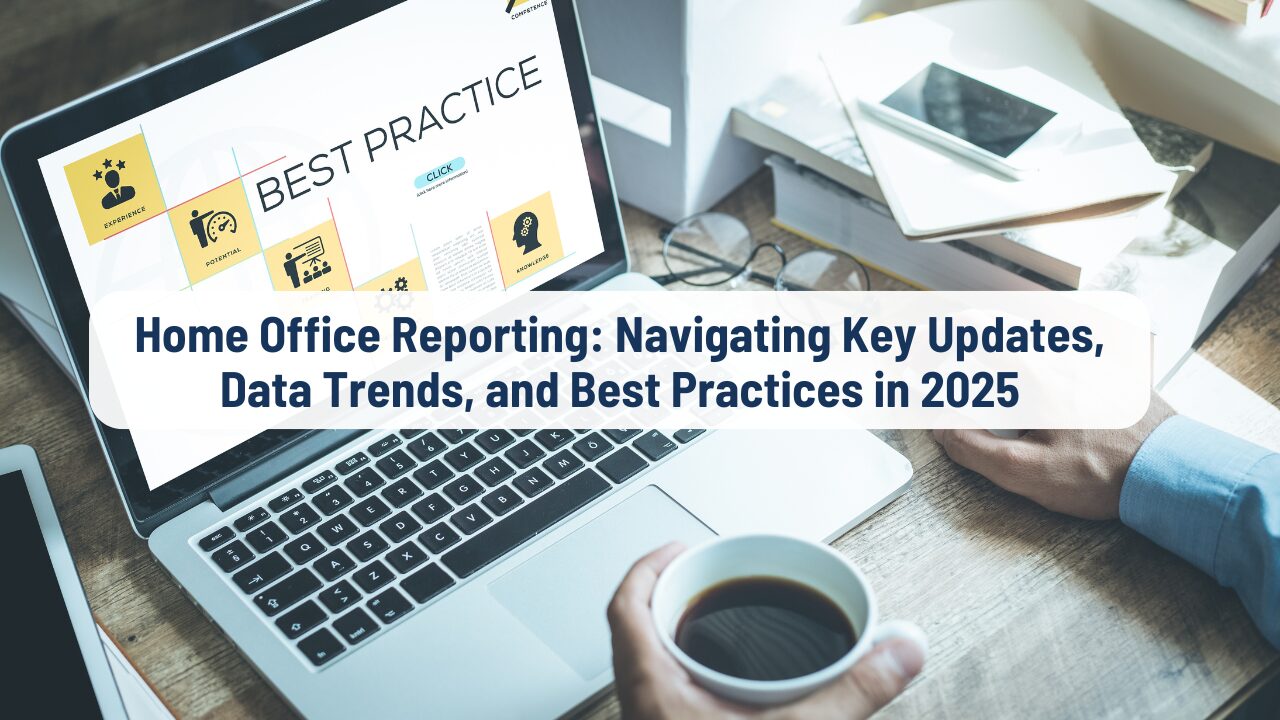
Introduction
In today’s data-driven era, Home Office Reporting has become a cornerstone of transparency and accountability within the UK’s immigration and border control framework. As the government continuously refines its policies and processes, how data is collected, analysed, and reported has evolved significantly. In 2025, these changes have enhanced the accuracy of migration statistics and provided invaluable insights into trends, enforcement, and policy impacts. Understanding the nuances of Home Office Reporting is essential for policymakers, researchers, immigration practitioners, and businesses that rely on up-to-date statistical data to guide decision-making.
The Role and Importance of Home Office Reporting
Home Office Reporting encompasses systematically collecting and disseminating information regarding immigration flows, visa issuance, enforcement actions, and border management. The reports generated, such as the quarterly immigration system statistics and migration analysis documents, serve several critical functions:
- Transparency and Accountability: The Home Office demonstrates its commitment to open government practices by publishing detailed statistics on immigration. These reports offer stakeholders clear insights into the immigration system’s performance, including visa application trends and enforcement activities.
- Policy Development and Review: Data from the Home Office’s reporting enables policymakers to track the impact of regulatory measures, assess resource allocation, and adjust policies to meet national objectives better.
- Operational Efficiency: Regular updates, such as monthly entry clearance visa application statistics, help operational teams within the Home Office and related agencies monitor system performance, identify bottlenecks, and propose improvements.
- Research and Public Discourse: Academics, think tanks, and public interest groups use Home Office reporting to inform studies and debates on migration and border control. This ensures that current and accurate data inform discussions.
These functions make Home Office Reporting an indispensable tool for shaping a responsive and well-informed immigration framework.
Recent Updates in Reporting Practices
The landscape of Home Office Reporting has seen transformative changes in 2025, driven primarily by advancements in digital data collection and a need for more immediate insights into immigration trends. Some of the key updates include:
- Enhanced Digital Platforms: The introduction of advanced, government-approved digital systems has streamlined the data collection process. These platforms allow for real-time reporting and facilitate the automated generation of key statistics, significantly reducing the margin for error.
- Expanded Data Scope: Recent initiatives have broadened the scope of data captured, reflecting traditional metrics such as visa issuances and entry clearances and more nuanced indicators like irregular migration patterns and technology-aided border checks. This expanded dataset provides a more holistic view of the immigration ecosystem.
- Increased Frequency of Releases: The Home Office has moved toward more frequent statistical releases to keep pace with rapid changes in migration patterns. For instance, monthly updates on visa applications and quarterly immigration system statistics are now standard practice, ensuring stakeholders have access to the latest information.
- User-Centric Reporting: Recognising that a broad audience, including government officials, academics, and the public, relies on these reports, the Home Office has implemented user-friendly reporting formats. Interactive dashboards and detailed breakdowns of data categories make it easier for users to extract meaningful insights.
These changes not only increase the transparency of the immigration process but also help build trust in the reported data. Enhanced digital reporting means anomalies and emerging trends can be caught early, allowing for swift policy responses.
Best Practices for Utilising Home Office Reports
For organisations and individuals who rely on accurate immigration data, adopting best practices in using Home Office Reporting is essential. Here are several strategies to maximise the utility of these reports:
- Stay Updated with Regular Releases: Bookmark the Home Office migration statistics page and subscribe to email alerts. Reviewing these updates regularly allows you to monitor changes in migration trends and understand how policy shifts may impact your business or research.
- Leverage Interactive Tools: The Home Office offers interactive dashboards and data visualisation tools. These tools simplify the analysis of complex datasets and enable you to customise reports to suit specific needs.
- Cross-Reference Multiple Sources: While Home Office reports are a primary data source, combining them with other governmental and independent sources can yield a more comprehensive picture. Cross-referencing enhances the quality of analysis and leads to more robust conclusions.
- Engage with Expert Commentary: Follow commentary and analysis from reputable migration research organisations and think tanks. Expert insights can help contextualise raw data, identify underlying trends, and foresee potential impacts on policy and operations.
- Implement Tailored Internal Reporting: Businesses and academic institutions can benefit from developing internal reports that synthesise Home Office data with organisational metrics, which can inform strategic planning and decision-making.
By adopting these practices, stakeholders can transform raw data into actionable insights that drive informed decisions and innovative approaches to migration management.
Looking Ahead: The Future of Home Office Reporting
As the UK navigates an increasingly dynamic global landscape, further innovations in Home Office Reporting are anticipated. Future developments may include the integration of artificial intelligence (AI) to predict migration trends, improved interoperability with other governmental data systems, and even more granular data segmentation. These advancements promise to enhance the effectiveness and responsiveness of immigration policy while ensuring that the data remains a vital resource for a diverse range of users.
In addition, continued regulatory emphasis on transparency and accountability will drive ongoing improvements in reporting standards. Incorporating stakeholder feedback and leveraging technological advances, the Home Office is well-positioned to ensure that its reporting mechanisms continue to meet the evolving needs of all interested parties.
Conclusion
Home Office Reporting in 2025 represents a significant advancement in the UK’s approach to managing, monitoring, and communicating immigration data. The UK government is fostering greater transparency and accountability by enhancing digital capabilities, expanding the scope of data collection, and increasing the frequency and user-friendliness of reports. For policymakers, researchers, and industry practitioners alike, these reports provide the necessary insights to make informed decisions that impact the future of migration and national security. Embracing these changes and adopting best practices in data utilisation will ensure that stakeholders remain at the forefront of a rapidly evolving field.
Would you like further details on any specific aspect of Home Office Reporting or insights into how to integrate these data trends within your organisational strategy?

